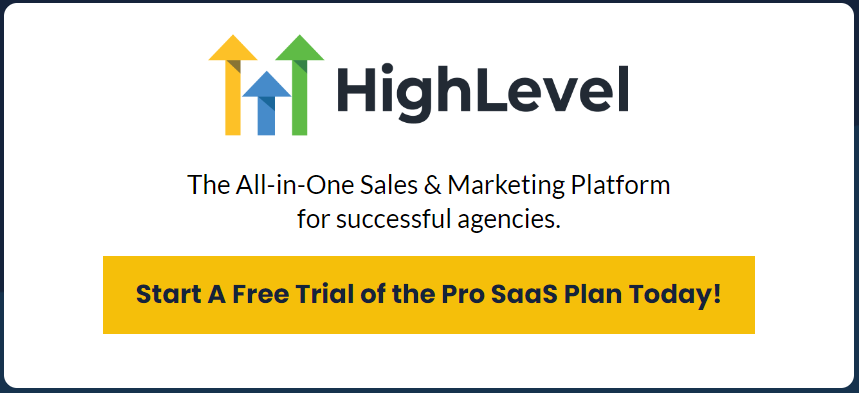In their search for effective ways to engage their email subscribers, marketers often turn to integrating RSS elements into their email templates. By doing so, they can provide their audience with fresh and updated content directly in their inboxes. This step-by-step guide will walk you through the process of seamlessly adding RSS elements to your email templates, allowing you to enhance the value and relevance of your email campaigns. Discover how you can effortlessly leverage the power of RSS feeds to deliver dynamic and captivating content that keeps your subscribers coming back for more. Let’s dive in!
A Step-by-Step Guide on Adding RSS Elements to Your Email Templates
Introduction
In today’s digital age, email marketing plays a crucial role in engaging with customers and driving conversions. To stay ahead of the competition, businesses need to continuously optimize their email templates to deliver relevant and personalized content. One effective way to achieve this is by incorporating RSS (Really Simple Syndication) elements into your email templates. In this article, we will review a video created by HighLevel that provides a step-by-step guide on how to add RSS elements to your email templates.
The Video: Adding RSS Elements to an Email Template
The video demonstrates the process of integrating RSS elements into an email template in a clear and concise manner. It starts by explaining the benefits of using RSS content in email marketing campaigns and then proceeds to provide detailed instructions on how to incorporate these elements into your templates.
Step 1: Understanding RSS Feeds
The video begins with an introduction to RSS feeds, clarifying what they are and how they work. It defines RSS as a web feed that allows users to access web content in a standardized format. This format enables timely updates and syndicates content from various sources, providing a dynamic and constantly refreshed stream of information.
Step 2: Choosing an RSS-to-Email Service
The video then guides viewers through the process of selecting a reliable RSS-to-email service. It highlights the importance of choosing a service that aligns with their specific needs and offers the necessary features to integrate RSS content seamlessly into email templates.
Step 3: Creating an Email Template
The tutorial continues by explaining how to create an email template that is compatible with RSS integration. It provides valuable insights into designing an engaging template that presents RSS content in an aesthetically pleasing and user-friendly manner.
Step 4: Adding the RSS Element
The video then takes viewers through the step-by-step process of adding the RSS element to the email template. It showcases an intuitive interface that allows users to select the desired RSS feed source and customize the appearance and frequency of the content updates.
Step 5: Testing and Optimizing
Finally, the tutorial emphasizes the importance of testing and optimizing the email template before deploying it in a marketing campaign. It provides practical tips and recommendations on how to ensure that the RSS elements are functioning correctly and delivering the desired results.
Conclusion
Adding RSS elements to your email templates can significantly enhance the effectiveness of your email marketing campaigns. The video created by HighLevel offers a valuable resource for individuals seeking to optimize their email templates with RSS content. By following the step-by-step instructions provided in the video, users can seamlessly integrate RSS feeds, deliver relevant and timely content, and ultimately improve the overall success of their email communication.
FAQs
Q1: What is RSS, and why is it important for email marketing campaigns?
Q2: Does the video offer recommendations for RSS-to-email services?
Q3: Are the instructions in the video easy to follow for beginners?
Q4: How can incorporating RSS elements into email templates benefit businesses?
Q5: Does the video provide insights into testing and optimizing email templates with RSS elements?


